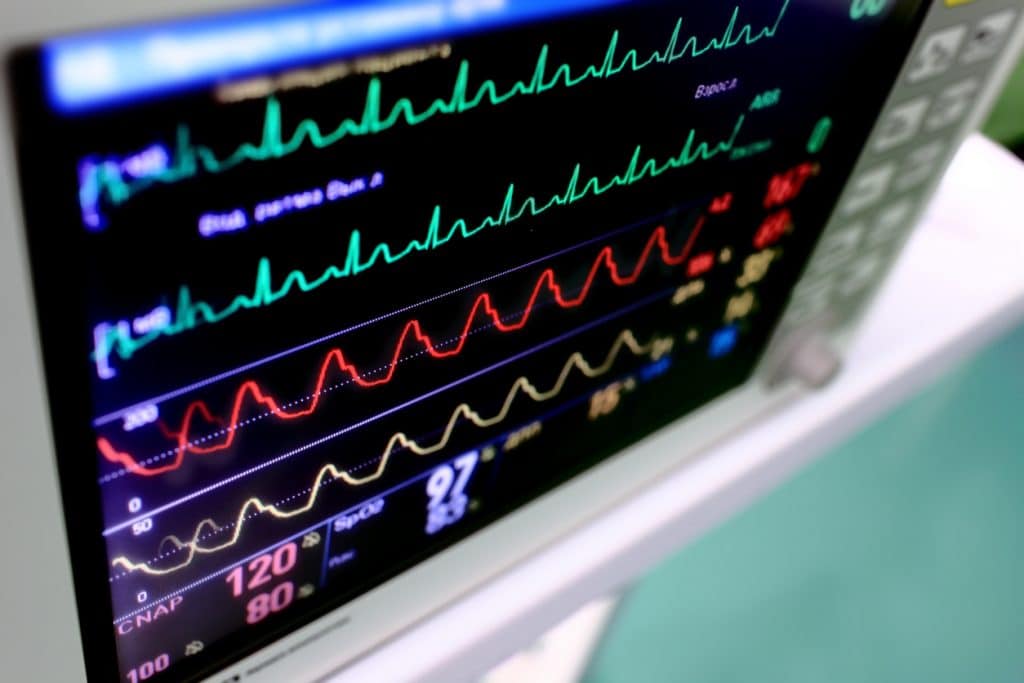Effect of Intra-arterial Nimodipine on Cerebral Oxygen Saturation and Systemic Hemodynamic Indices in Patients With Cerebral Vasospasm: A Prospective Cohort Study

Background
Intra-arterial nimodipine (IaN) is used in the management of cerebral vasospasm after aneurysmal subarachnoid hemorrhage (aSAH). The impact of IaN therapy on regional cerebral oxygen saturation (rScO2) assessed by near infra-red spectroscopy, and dynamic cardiac indices, is currently unknown. This study assessed the effect of IaN on rScO2 and systemic hemodynamic indices during IaN therapy for cerebral vasospasm after aSAH.
Methods
This prospective cohort study was conducted in 20 patients over sixteen month period after ethics committee approval and informed consent. Patients with angiographic evidence of vasospasm received IaN 3mg over 30 minutes in the spastic vessels. Data regarding rScO2 heart rate (HR), mean blood pressure (MBP) cardiac index (CI), stroke volume index (SVI), stroke volume variation (SVV), and total peripheral resistance index (TPRI) were collected during IaN treatment. The primary outcome measure was change in rScO2 after IaN therapy.
Results
There was no significant change from baseline in ipsilateral and contralateral rScO2 after IaN administration (mean difference [MD], 0.2; 95% confidence interval [CI], −2.1 to 1.6; P=0.804, and 1.3; −1.1 to 3.8; P=0.276, respectively). There was a significant decrease in MBP and TPRI (MD, −12.4; 95% CI, −6.6 to −18.2; P<0.001, and −674.3; −374.9 to −973.7; P<0.001, respectively) and increase in SVI and CI (MD, 7.5; 95% CI, 14.4 to 0.6; P=0.035 and 0.7; 0.9 to 0.4; P<0.001, respectively) after IaN therapy. HR and SVV were unchanged.
Conclusions
IaN for aSAH-related cerebral vasospasm did not improve rScO2 but was associated with significant systemic hemodynamic effects, including a decrease in MBP and TPRI. These hemodynamic changes might offset any potential effects of IaN to improve rScO2.
